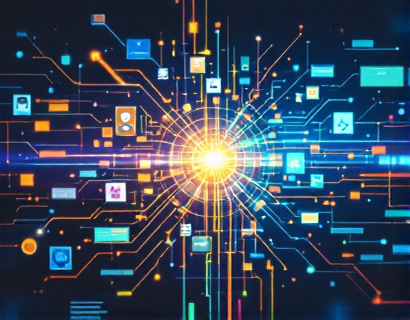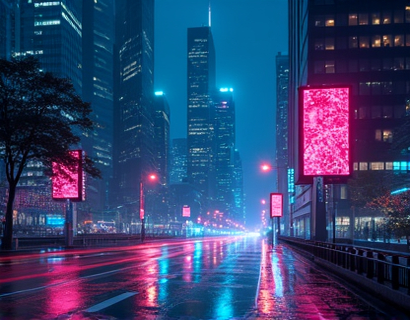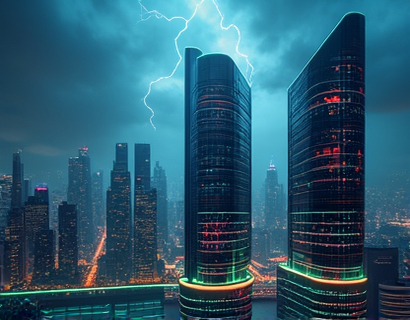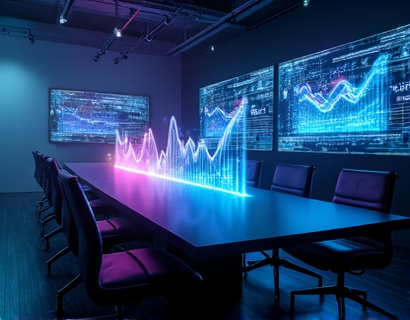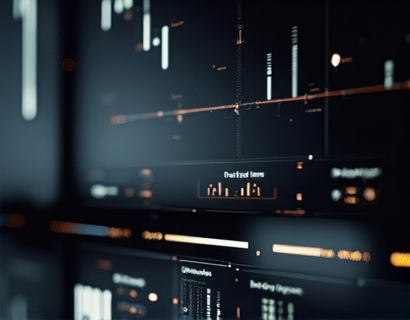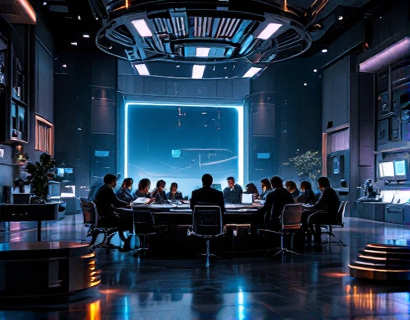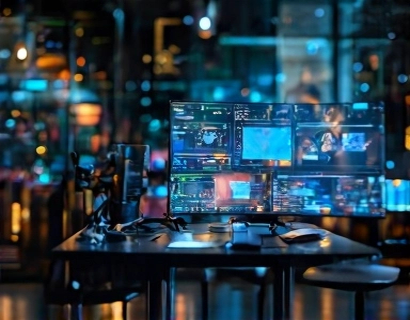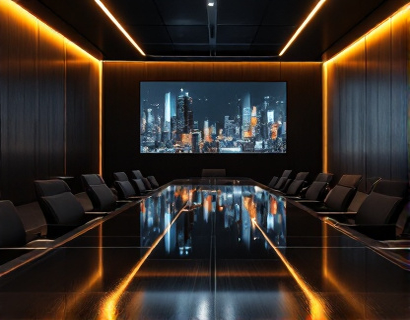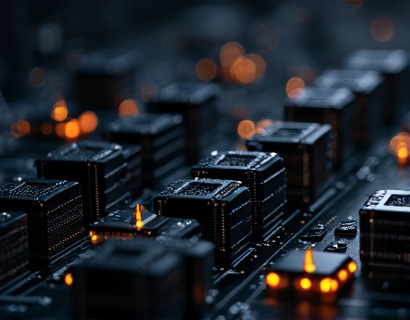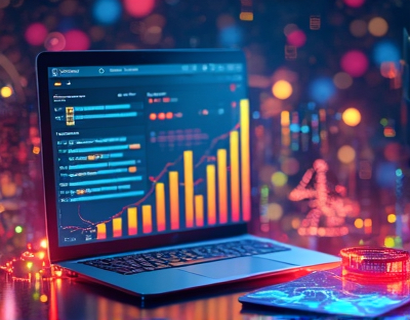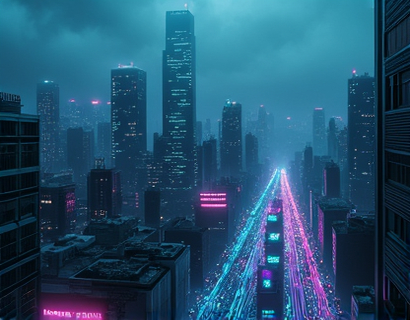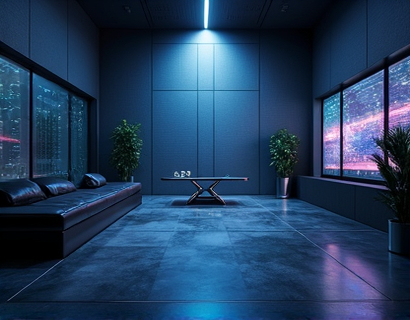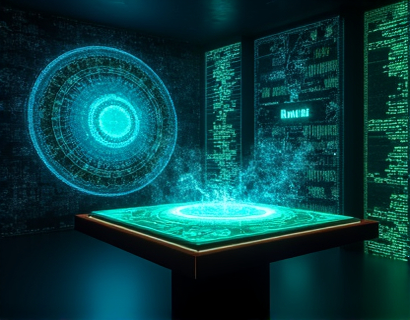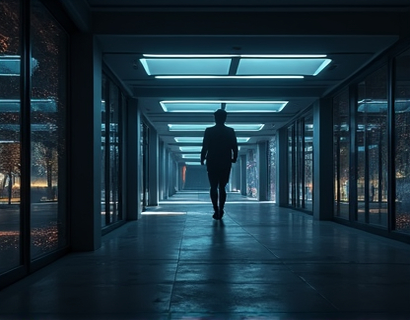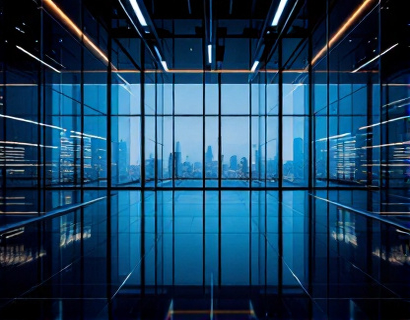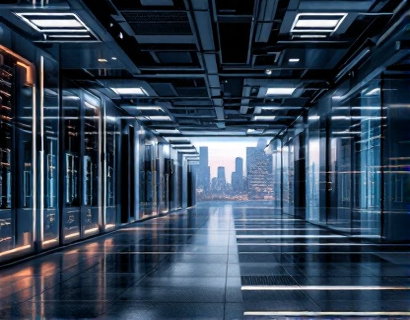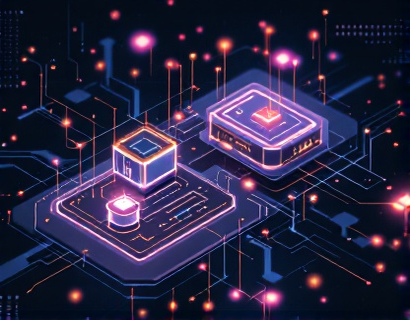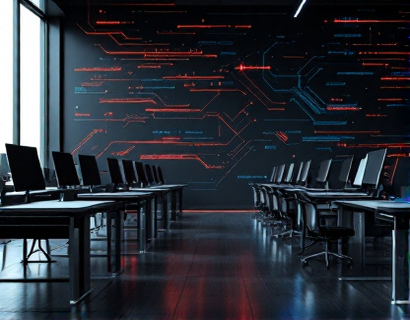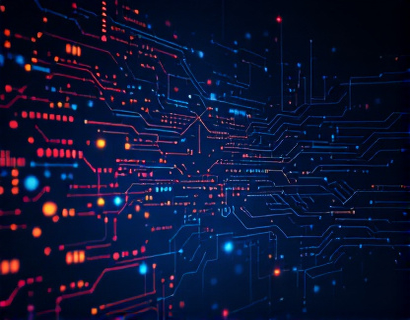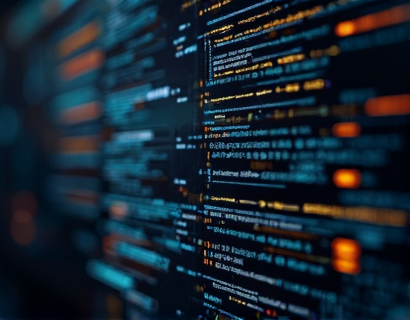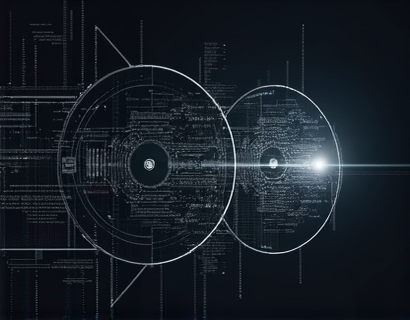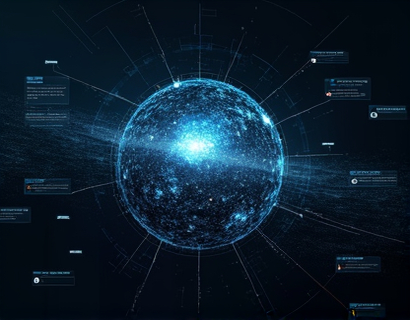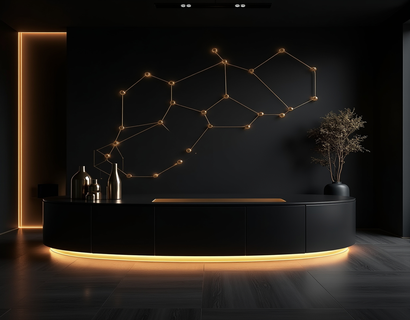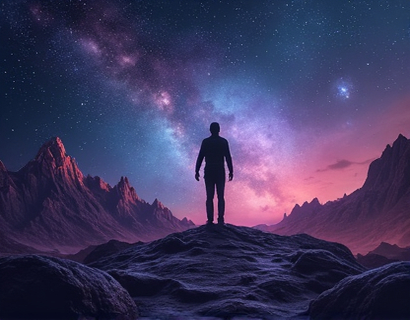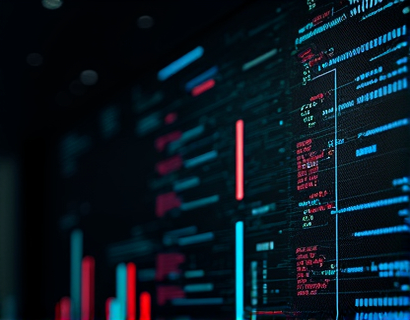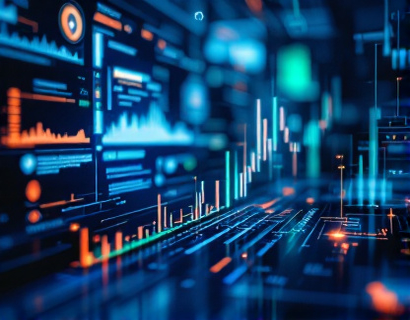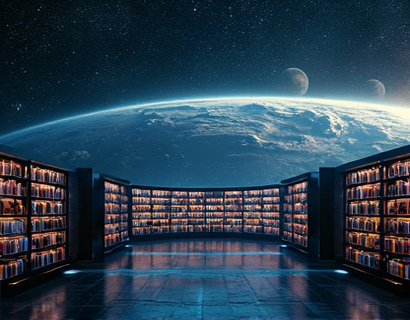AI-Powered Graphic Design: Revolutionizing Visual Creation for Everyone
In recent years, the landscape of graphic design has undergone a significant transformation, thanks to the integration of artificial intelligence (AI) into creative processes. This shift has democratized access to professional-quality visual content, making it possible for a broader audience to create stunning graphics without extensive design expertise. The advent of intelligent online tools powered by AI has opened new avenues for creativity, efficiency, and innovation, benefiting a diverse range of users including graphic designers, marketing professionals, small business owners, social media managers, content creators, entrepreneurs, freelancers, educators, non-profit organizations, and creative hobbyists.
The Rise of AI in Graphic Design
The incorporation of AI in graphic design is not just a novelty but a game-changer. Traditional graphic design requires a deep understanding of design principles, software proficiency, and creative vision. While these elements remain crucial, AI has introduced a new dimension where machines can assist, augment, and even automate certain design tasks. This synergy between human creativity and machine intelligence has led to the development of tools that can generate high-quality visuals quickly and efficiently.
How AI Powers Graphic Creation
AI-powered graphic design tools leverage machine learning algorithms to understand and apply design principles, color theory, and composition rules. These tools can analyze vast datasets of design elements, patterns, and trends to generate suggestions, automate repetitive tasks, and even create original designs based on user inputs. For instance, AI can suggest color palettes that align with brand identities, generate logos that resonate with target audiences, and create visual content that adheres to the principles of effective communication.
Benefits for Graphic Designers
For professional graphic designers, AI tools offer a powerful ally that can enhance productivity and creativity. Designers can use AI to quickly explore multiple design options, saving time and effort in the iterative design process. AI can also assist in tasks such as image editing, where it can automatically enhance photos, remove blemishes, and apply styles consistent with a project's aesthetic. This allows designers to focus more on the creative aspects of their work, leading to more innovative and impactful designs.
Advantages for Marketing Professionals
Marketing professionals, including small business owners and social media managers, stand to gain significantly from AI-powered graphic design tools. These tools enable the creation of visually appealing content at a fraction of the time and cost compared to traditional methods. Businesses can produce high-quality social media posts, ads, and marketing materials consistently, maintaining a strong visual brand presence. AI can also help in generating content that is optimized for different platforms, ensuring the right message reaches the right audience effectively.
Accessibility for Non-Designers
One of the most transformative aspects of AI in graphic design is its accessibility. Individuals without formal design training can now create professional-looking graphics with ease. This democratization of design tools empowers a wider range of people to express their ideas visually, from entrepreneurs launching a new brand to educators creating engaging educational materials. The user-friendly interfaces of AI-powered tools guide users through the design process, making complex design concepts accessible and intuitive.
Enhancing Creativity with AI
Contrary to the fear that AI might replace human creativity, these tools actually enhance the creative process. AI can inspire new ideas by suggesting design elements, combinations, and trends that users might not have considered. It serves as a collaborative partner, expanding the creative possibilities and allowing users to explore uncharted design territories. This synergy between AI and human creativity leads to unique and innovative visual content that stands out in a crowded digital space.
Case Studies and Real-World Applications
The impact of AI-powered graphic design is evident in various real-world applications. For example, a small business owner can use AI tools to create a cohesive set of brand assets, including a logo, social media graphics, and website banners, in a matter of hours. Content creators can rapidly produce engaging infographics and video thumbnails that capture attention and drive engagement. Educators can design interactive and visually appealing lesson materials, enhancing the learning experience for students. These examples demonstrate the versatility and practical benefits of AI in graphic design across different sectors.
Future Trends and Developments
As AI technology continues to evolve, the future of graphic design looks even more promising. We can expect further advancements in AI algorithms that will make design processes more intuitive and personalized. Integration with other technologies, such as augmented reality (AR) and virtual reality (VR), will open new dimensions for immersive and interactive visual content. The ongoing development of AI-driven design tools will likely lead to even more sophisticated features, such as real-time collaboration, advanced automation, and deeper integration with content management systems.
Challenges and Considerations
While the benefits of AI in graphic design are undeniable, there are challenges and considerations to keep in mind. One key issue is the potential loss of jobs in traditional design roles, although AI is more likely to augment rather than replace human designers. There is also the concern of maintaining uniqueness and originality in AI-generated designs, as over-reliance on algorithms might lead to homogenized visuals. Ensuring data privacy and security is crucial, especially when using cloud-based AI tools. Additionally, continuous learning and adaptation are necessary for both designers and users to fully leverage the potential of AI-powered design tools.
Conclusion
The integration of AI into graphic design represents a significant leap forward, making high-quality visual creation accessible and efficient for everyone. By combining the strengths of human creativity and machine intelligence, AI-powered tools are revolutionizing the way we design and communicate visually. As these technologies continue to advance, they will undoubtedly play an increasingly vital role in shaping the future of graphic design, empowering a broader audience to bring their creative visions to life.



